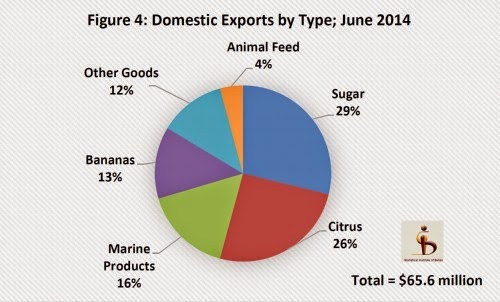There are many problems
with today’s global food production. Food production goes beyond what we would
think, many cultures celebrate food in their religion, and they also celebrate
agriculture. But there are ugly truths to today’s global food production. The
four main problems with global food production today are,” An increasing
population wants a more varied diet, but is trying to grow more food on less
land with limited access to water, all the time facing increased costs for fertilizer,
and fuel for storage and transport” (Global Food Security). Meaning the
increasing population wants more foods to choose from and better food choices. They
also want are trying to grow more food on little amount of land and with a
scarce amount of water. Also they are trying to make all of these improvements
with to food production, but with the increase cost of fertilizer it is going
to difficult to do. We are also not including the fact that there is a fuel
shortage and we need a lot of fuel to store and transport the food. These are
only a few of the problems the world is facing when it comes to global food
production.
Food production in Belize is, “ agriculture
continues to provide over 70 per cent of the country's total foreign exchange
earnings, and employs almost a third of the total labor force. About half of
the land used for agriculture is under pasture, with the remainder planted to a
variety of permanent and annual crops. The traditional system of milpa (shifting
cultivation) involves the annual clearing of new land for crop production but,
with increasing land pressure, the practice is no longer sustainable and a
greater number of farmers make permanent use of cleared land” (New
Agriculturalist). Belize seems to be facing many of the same problems that everyone
is facing, however they still continue to produce things like grapefruit, bananas,
peppers, and oranges.
Figure 1: Pictured above is the rice production project in Belize.
Works
Cited:
"Global
Issues." - Global Food Security. N.p., n.d. Web. 03 Dec. 2014
"Country
Profile- Belize." New Agriculturalist. N.p., n.d. Web. 3 Dec.
2014
Figure source:
https://www.google.com/search

